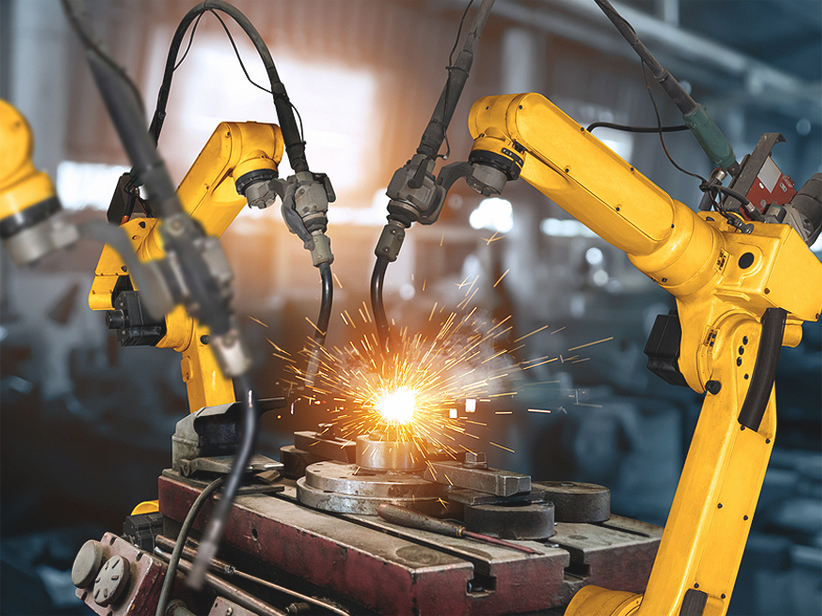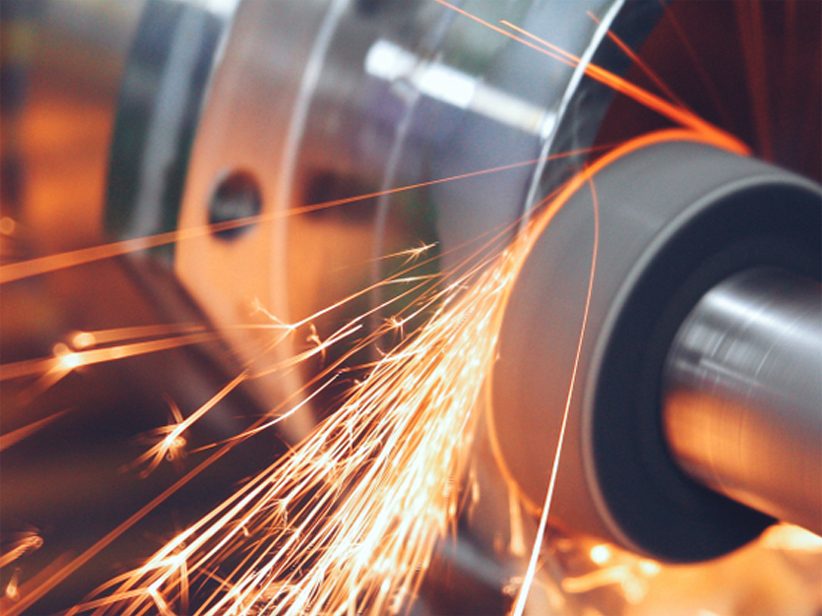Stainless Steel - Grade 202 / 1.4373
Description
Stainless Steel Grade 202/1.4373 is an austenitic chromium-nickel-manganese stainless steel developed to provide an economical alternative to traditional stainless steels like 304. It offers a combination of high tensile strength, good corrosion resistance, and excellent formability. Due to its balanced composition, 202 stainless steel is particularly suitable for applications where cost efficiency is critical while maintaining sufficient durability and resistance to corrosion.
Chemical Composition
- Chromium (Cr): 17.0 - 19.0%
- Nickel (Ni): 4.0 - 6.0%
- Manganese (Mn): 7.5 - 10.0%
- Silicon (Si): ≤ 1.00%
- Nitrogen (N): ≤ 0.25%
- Carbon (C): ≤ 0.15%
- Phosphorus (P): ≤ 0.060%
- Sulfur (S): ≤ 0.030%
Send Enquiry
Mechanical Properties (Annealed)
- Tensile Strength: 515 - 745 MPa
- Yield Strength: ≥ 275 MPa
- Elongation at Break: ≥ 40%
- Hardness (Rockwell B): ≤ 95 HRB
Thermal & Physical Properties
- Density:7.85 g/cm³
- Melting Point: 1400 - 1450 °C
- Specific Heat: 500 J/kg•K
- Thermal Conductivity: 16.2 W/m•K at 100 °C
- Electrical Resistivity: 0.74 µΩ•m at 20 °C
- Modulus of Elasticity: 200 GPa
Other Designations
- UNS: S20200
- EN: 1.4373
- JIS: SUS 202
Fabrication and Heat Treatment
- Forming: Grade 202/1.4373 can be readily formed using standard techniques, similar to other austenitic stainless steels.
- Welding: This grade can be welded using conventional welding methods. Post-weld annealing is recommended to maximize corrosion resistance.
- Annealing: Solution annealing is performed at temperatures between 1010-1120 °C followed by rapid cooling to enhance ductility and corrosion resistance.
- Hardening:Grade 202 is not hardenable by heat treatment but can be work-hardened.
Applications
- Food Processing: Used in equipment and machinery for food processing due to its corrosion resistance.
- Automotive Trim: Ideal for exterior trims and components due to its strength and aesthetic appeal.
- Architecture: Widely used in architectural components and decorative elements.
- Railway Cars: Applied in manufacturing railway car components due to its durability.
- Kitchenware: Utilized in kitchen utensils, sinks, and appliances.
Supplied Forms
- Bars
- Wires
- Coil
Features
- Cost-Effective: Provides a balance between performance and cost, making it an economical choice.
- Corrosion Resistance: Offers good resistance to atmospheric corrosion and various organic and inorganic chemicals.
- High Strength: Exhibits high tensile strength and toughness.
- Formability: Excellent formability, making it suitable for a wide range of fabrication processes.
- Good Weldability: Can be welded using standard welding techniques.
- Durability: High durability makes it suitable for high-wear applications.






